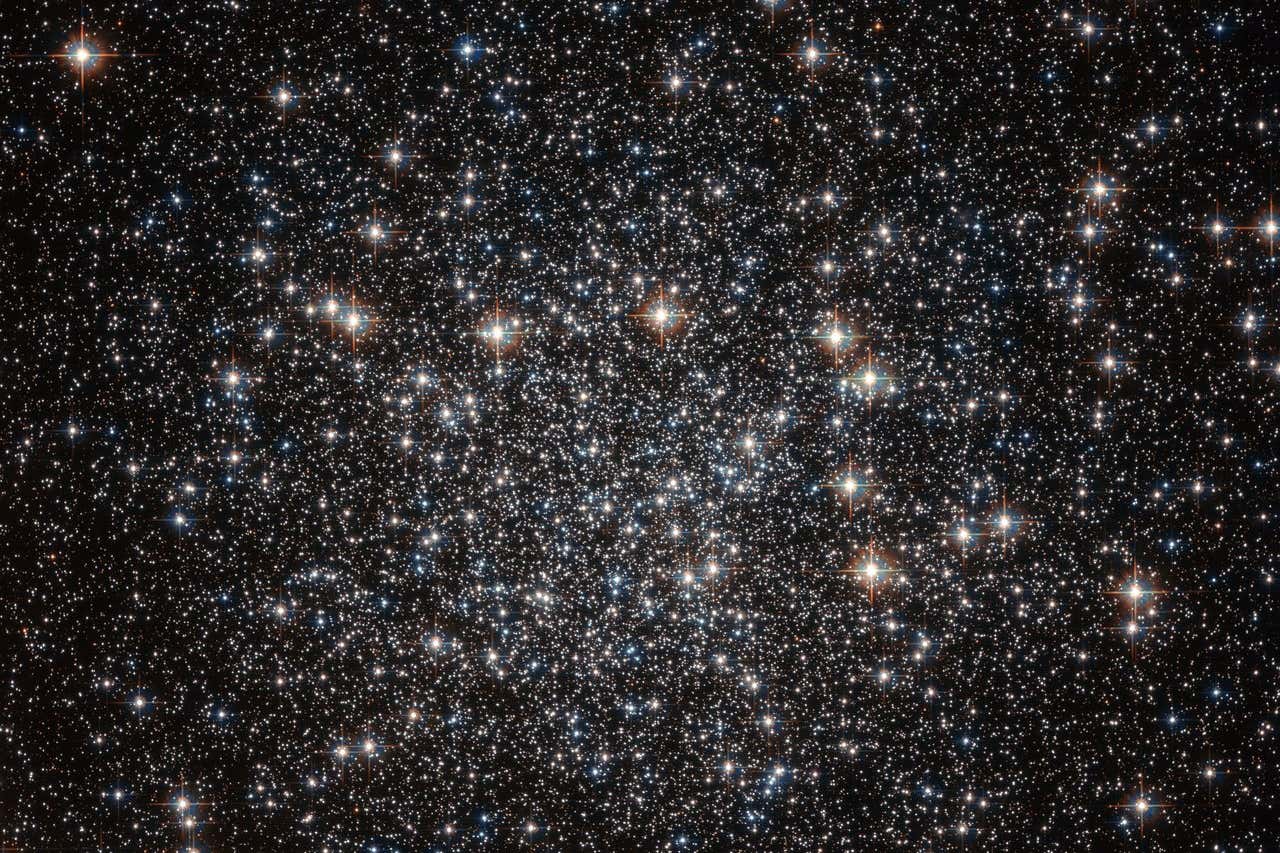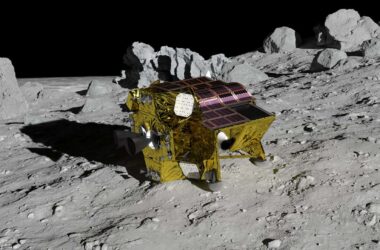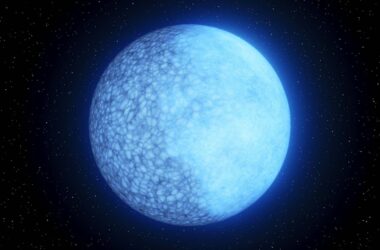Stars have a natural twinkle that is caused by gas rippling from the core to the surface. Scientists have now transformed these oscillations into sound in order to better understand this phenomenon.
When we observe stars from Earth, they appear to twinkle due to the bending and fragmentation of light by the atmosphere. This is similar to how city lights twinkle when seen from an airplane. However, stars also experience subtle changes in brightness over the course of months, which our eyes cannot detect.
Evan Anders and his colleagues at Northwestern University in Illinois have developed a computer model that simulates the rippling energy within stars, allowing them to quantify the intervals and frequencies at which twinkling occurs.
Inside a star, hot and cold gases are constantly churning and mixing, creating ocean-like waves that move outwards. Some waves bounce within the star, while others reach the surface, slightly altering the star’s temperature and brightness.
The researchers discovered that larger and brighter stars have bigger waves, resulting in more intense twinkling. For instance, a star three times larger than the sun would twinkle about 10 times stronger.
To better understand the variations in twinkling among stars of different sizes, the researchers also converted the simulated rippling waves of gas into audible sound waves for humans.
Anders compares stars of various sizes to different instruments within the same family. “The smaller stars in our study are more like the violin, with higher-pitched noises due to their smaller wave cavity, just like a violin has a smaller wave cavity,” he explains. “Our larger stars, on the other hand, have a bigger wave cavity, similar to a cello, resulting in deeper noises.”
Studying the gentle oscillations of starlight in this manner provides insights into the interior of stars, which would otherwise be unknown. This information is crucial for understanding not only our own sun but also massive stars that generate oxygen and molecular clouds responsible for the formation of our solar system.
Other factors, such as magnetic fields and star rotation, may also influence the innate twinkle of stars, according to Philipp Edelmann at Los Alamos National Laboratory in New Mexico.
Clips from this research will be featured on the New Scientist Weekly podcast, released on Friday, July 28.








